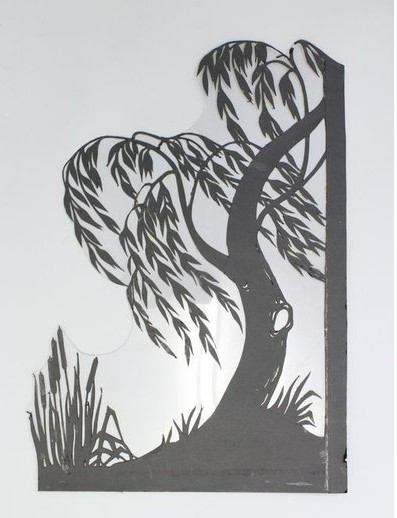We explore the world around us in lots of different ways. Our senses help us to work out what’s what. At the Museum of Childhood, we have been designing a new Play Gallery that will include a whole space dedicated to sensory play. We have been experimenting with how we can use objects to encourage you to explore exciting spaces and tell new stories.
Can you name the five basic senses? Do the objects below make you think of any senses?
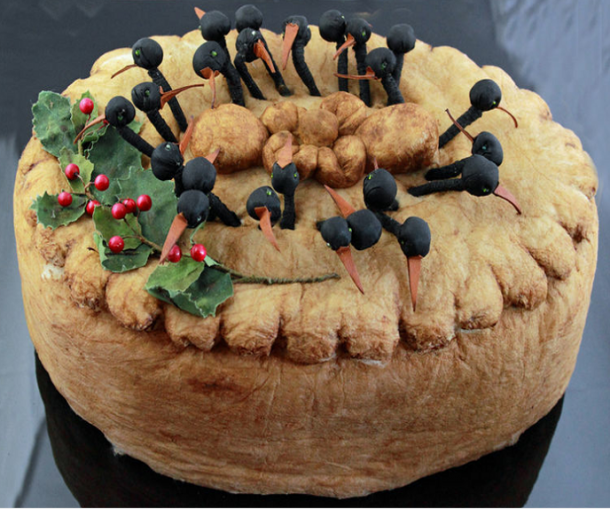
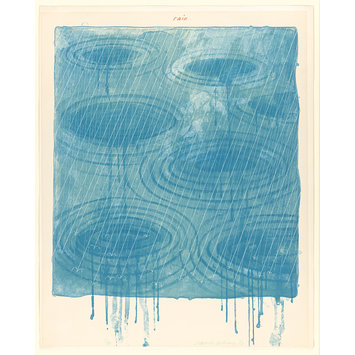
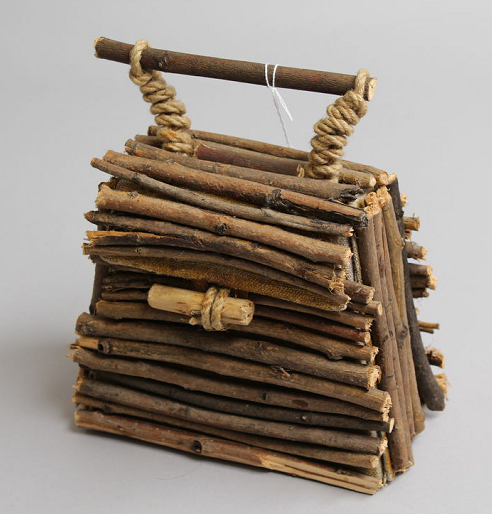
If you close your eyes can you smell the freshly cooked pie? What do you hear when you look at the David Hockney print in the middle? What might that bag feel like to hold?
Let’s make a sensory play!
Playing with the senses can sometimes help to make something more exciting. It can even improve your experience. Think about smelling your dinner before you eat it – does it make you even hungrier?
Today we are going to create a sensory play for your family and friends. Getting your audience to use their senses will help to immerse them in the story.
First, you will need to think of a plot. Keep it simple! It might be helpful to use something that you know well. Think about a storyline that might be able to use some of the senses in it.
Let’s create shadows and colours!
There are lots of shadow puppets at the V&A, which can be used as inspiration for your characters. They are a great way of using light to create a story. Cut out the shapes of your characters using paper or card (remember to think about what their silhouette might look like). Use a stick or pencil to hold them up against a torch or lamp.
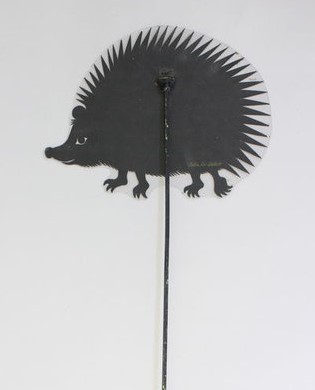
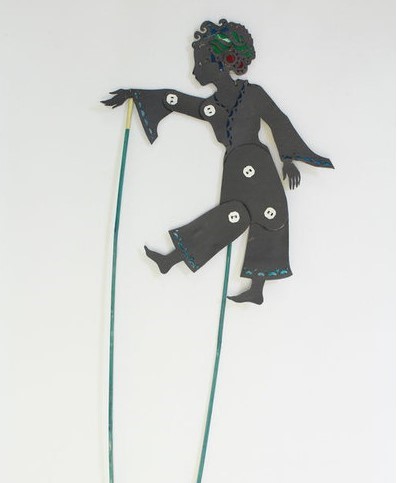
Think about how you might create a puppet that your friends and family can touch and interact with. Watch the short video below to see a puppet from the theatre production War Horse that visited the museum. He is made using a complex system of strings and wheels – don’t worry, yours can be simpler!
https://www.youtube.com/watch?v=x0EBGhiSi60
You might also want to add colour to your set. In theatres lighting designers use different colours to transport the audience to a different place or time.
Colours can also be used to convey different emotions or events within your story. Do you have anything that you can use to add light and colour to your show?
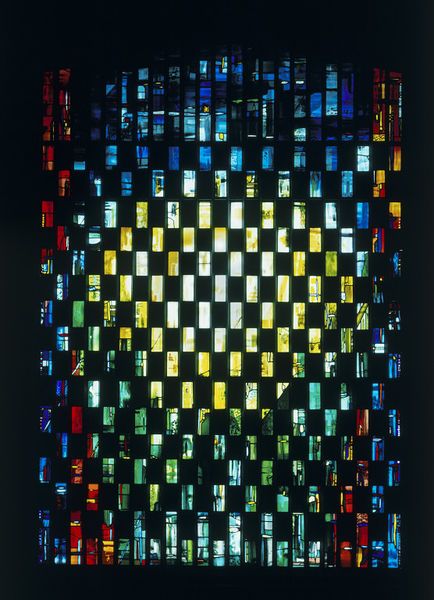
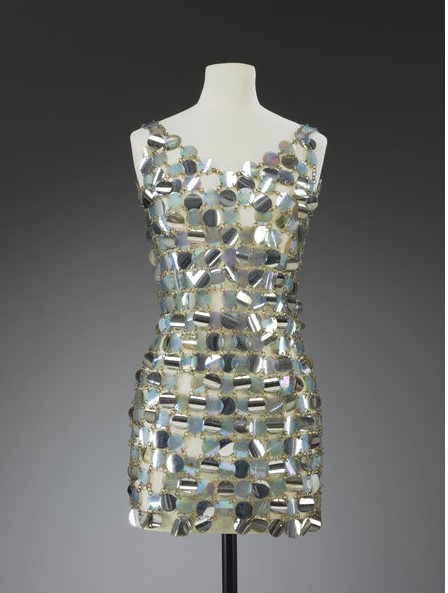
Let’s add some sound!
At what points in your story should there be sounds? Let’s think about ways we can create those sounds using objects from around your home.
In films and television, the person in charge of creating sounds is called a Foley artist. They use all kinds of things to recreate sounds that can’t be recorded very easily. They use coconut shells to sound like horse hooves. They use scrunched up newspaper to sound like someone walking through grass. Look at these gloves and guess what sound Foley artists might use them for.
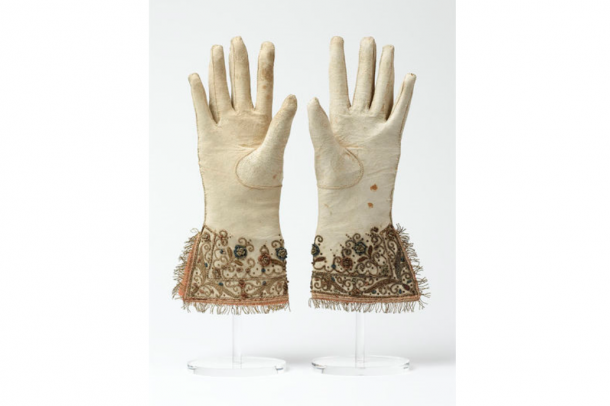
Did you guess it? Foley artists use gloves to sound like flapping bird wings. What else around your house can you use to make the sounds within your play?
Let’s add texture!
Next you can think about offering your audience physical props to bring your story to life. Where in your story could you add in texture? Put the different objects on a tray so your audience can touch the items during the production – remember to number them so they know what one to hold next.
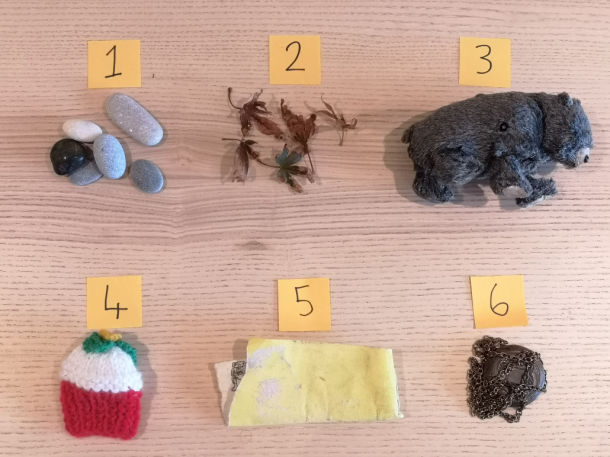
Touch has been used for a long time to help people learn. The specimen box pictured below encouraged children to handle natural objects to help them learn about the world. It includes hundreds of different samples including sponge, glass, horn, fur, porcelain, cork and lace. Can you find any of these around your home? Could you use any for your play?
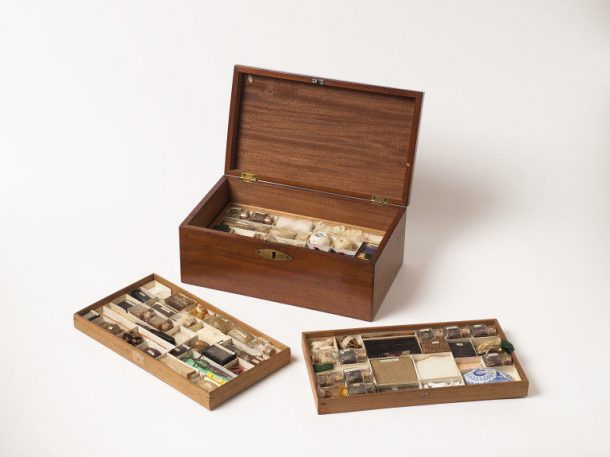
What’s next?
Now you have some ideas on how to use some of the senses into your next performance, what’s next?
Remember to keep experimenting with new ideas, senses and stories.
Could you bring in a smell or taste experience for the audience at any points in your story?
Will a different plot give you different opportunities for your next show?
What might you be able to collect from places in your garden or local park to help with the sensory experience? Try this activity if you would like to have a go.
Don’t forget to share your spectacular sensory stories with us on social media using #LetsMakeWednesdays
